If you're in the market for a smart home hub, you can't go wrong with a Raspberry Pi. These handy SBCs are a great way to get a smart home up and running; they don't take much power to run 24/7, they don't need a ton of processing power to keep everything ticking over, and there are plenty of ways you can add, remove, and modify things to your system.
But what about the accessories that you can get with your Raspberry Pi? After all, you don't have to make-do with just the SBC; you can tinker with it and add all sorts of bits and bobs to fit your needs. So, here are some extra gadgets you may want to add to your next smart home hub build.
Add a touch screen to make things feel really "smart"
The first step of many
So, first things first. If you don't have a touch screen for your Raspberry Pi smart home hub, it's an excellent way to get started. After all, you want to control your entire home using your Pi, and there's no easier and more convenient way than to do it with a few taps.
The best thing about this part of your smart home hub is that you can go as big or as little as you want. Would a smaller, tablet-sized screen be more suitable for your needs? Go for that. How about a 24-inch screen you can hang on your wall? You can do that, too. The sky's the limit when it comes to touch screens.
So, where do you start if you want a touch screen? Well, there's the official Raspberry Pi Touch Display 2, but it may not be ideal for your needs. Instead, shop around and check out the best displays for a Raspberry Pi for some ideas.

Raspberry Pi Touch Display 2
Raspberry Pi Touch Display 2 is a 7′′ touchscreen display for Raspberry Pi. It is ideal for interactive projects such as tablets, entertainment systems, and information dashboards.
Grab a Zigbee or Z-Wave adapter
Expand your horizons
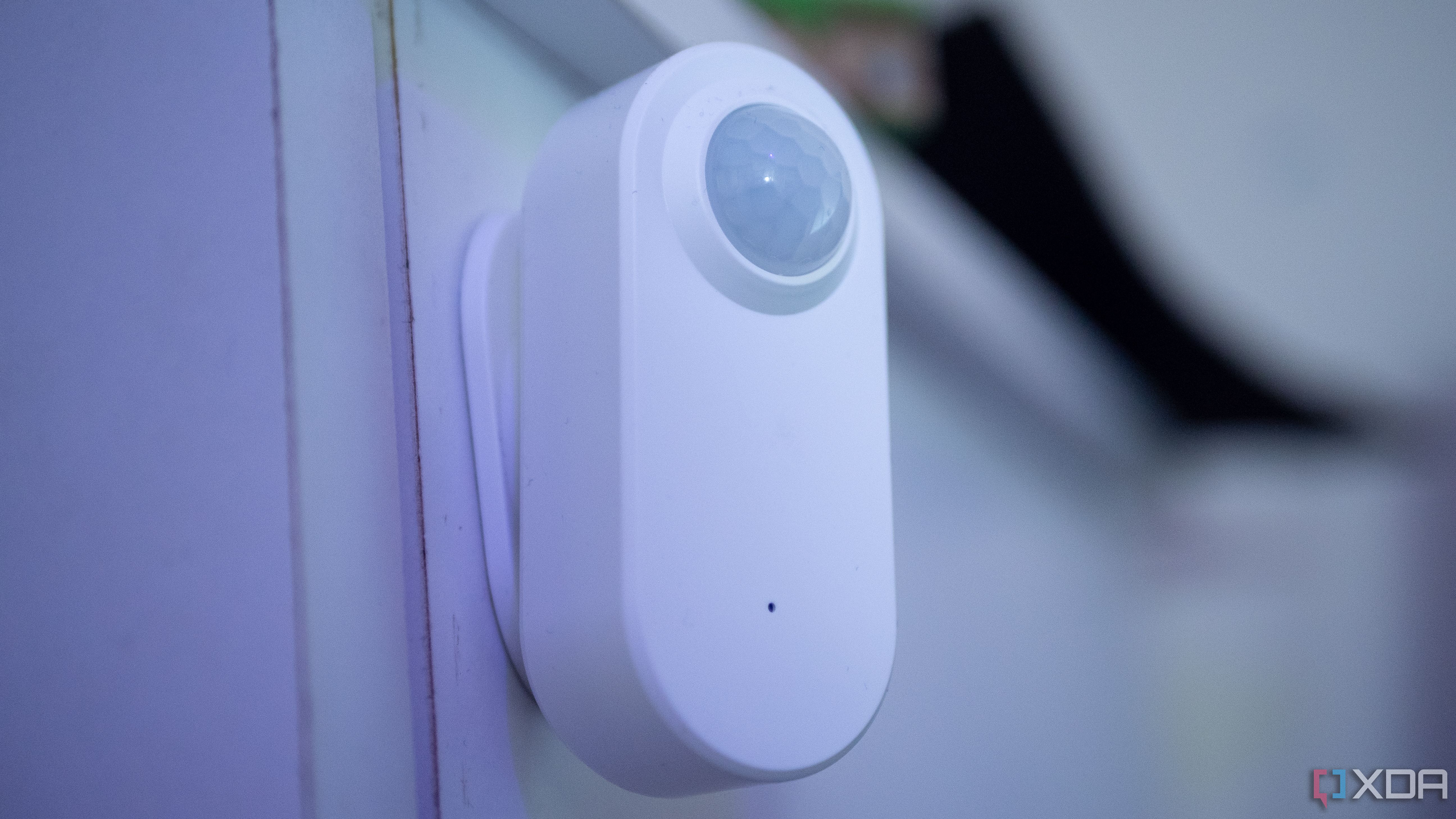
If you want to use devices that use Zigbee or Z-Wave adapters, the Raspberry Pi can adapt to that. You can grab an adapter that can talk to these devices and expand what kind of products you can add to your smart home without needing to make compromises. There are advantages to both Zigbee and Z-Wave, and you can opt for either with an adapter.
I personally have no experience with using Zigbee or Z-Wave with a Raspberry Pi, so I'll pass you over to Elliot Alexander, who had this to say in his piece on smart home devices you need to get if you have a Raspberry Pi:
...I like the Raspbee, which is affordable, cloud-free by design, and has a strong internal amplifier. This only supports Zigbee, but I'd recommend looking at Zigbee over Z-Wave anyway unless you have a specific use for Z-Wave or are having lots of interference issues.
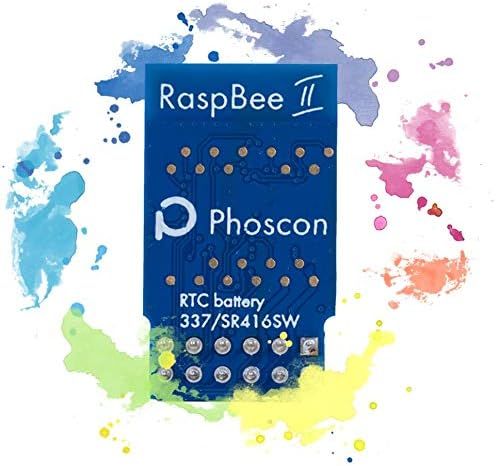
Give your Raspberry Pi eyes and ears with a Sensor HAT
Let your Pi "see" what's going on
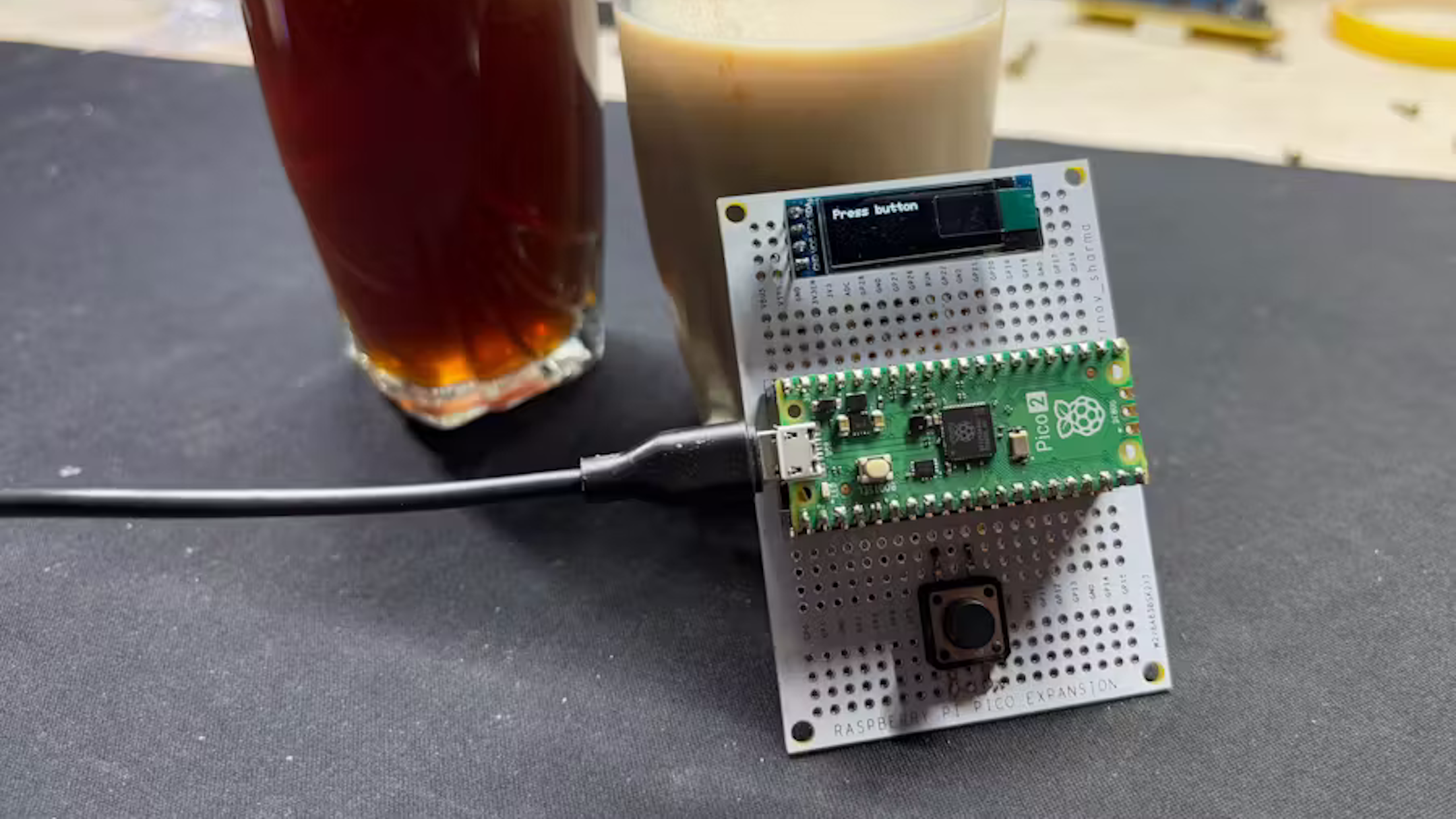
Finally, you can really up your smart home game by giving your Pi the ability to check its immediate surroundings. This does add a layer of complication to the setup, but once it's all set up, you can let it perform a specific job without your intervention. It's pretty great.
So, what kind of sensors can you use with a Raspberry Pi? Honestly, it might be easier to list the ones you can't use. Much like your touch screen choices, there are a ton of sensors out there you can use, each of which has a different use case. Motion sensors can identify when someone enters a room or moves an object. Microphones can let you listen in on a room; you can even use them to listen for a specific sound, like when someone made a Pi that could identify their washing machine beeping and inform them their laundry was done. There are even soil moisture sensors that keep an eye on your plants.
While you can purchase individual sensors for your project, you can just grab all the sensors you'll ever need with a Raspberry Pi Sense HAT V2. I'm not kidding, look what they packed into this little thing:
- Gyroscope
- Accelerometer
- Magnetometer
- Temperature
- Barometric pressure
- Humidity
- Colour and brightness
Pretty much the Swiss army knife of Raspberry Pi sensors.
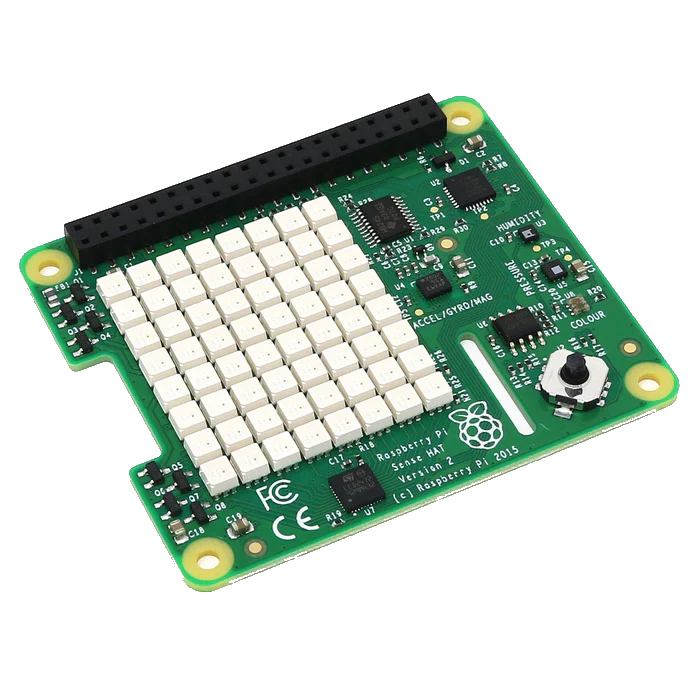
Raspberry Pi Sense HAT V2
Raspberry Pis make excellent smart home hubs
While a Pi, by itself, can do a lot to control your smart home, why stop there? There are plenty of extra devices you can attach to your Pi to make it even better at its job. Whether you make things easier to navigate with a touch screen or you add some sensors to help your Pi figure out whats going on, there's plenty you can do.
.png)


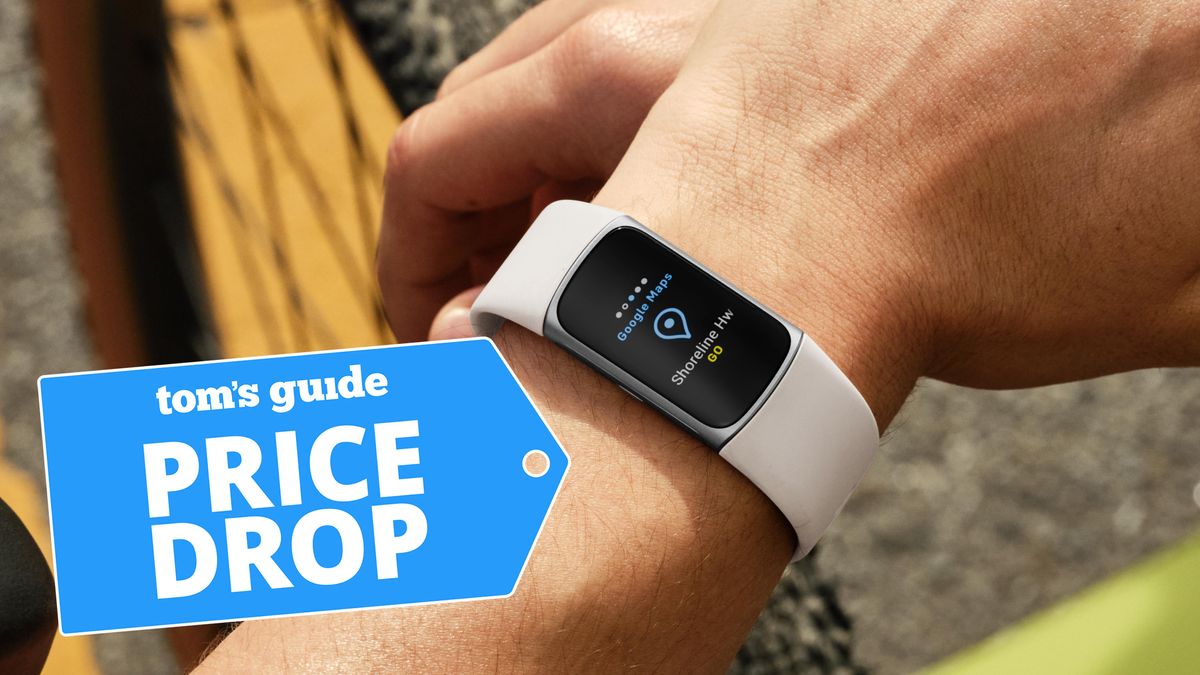

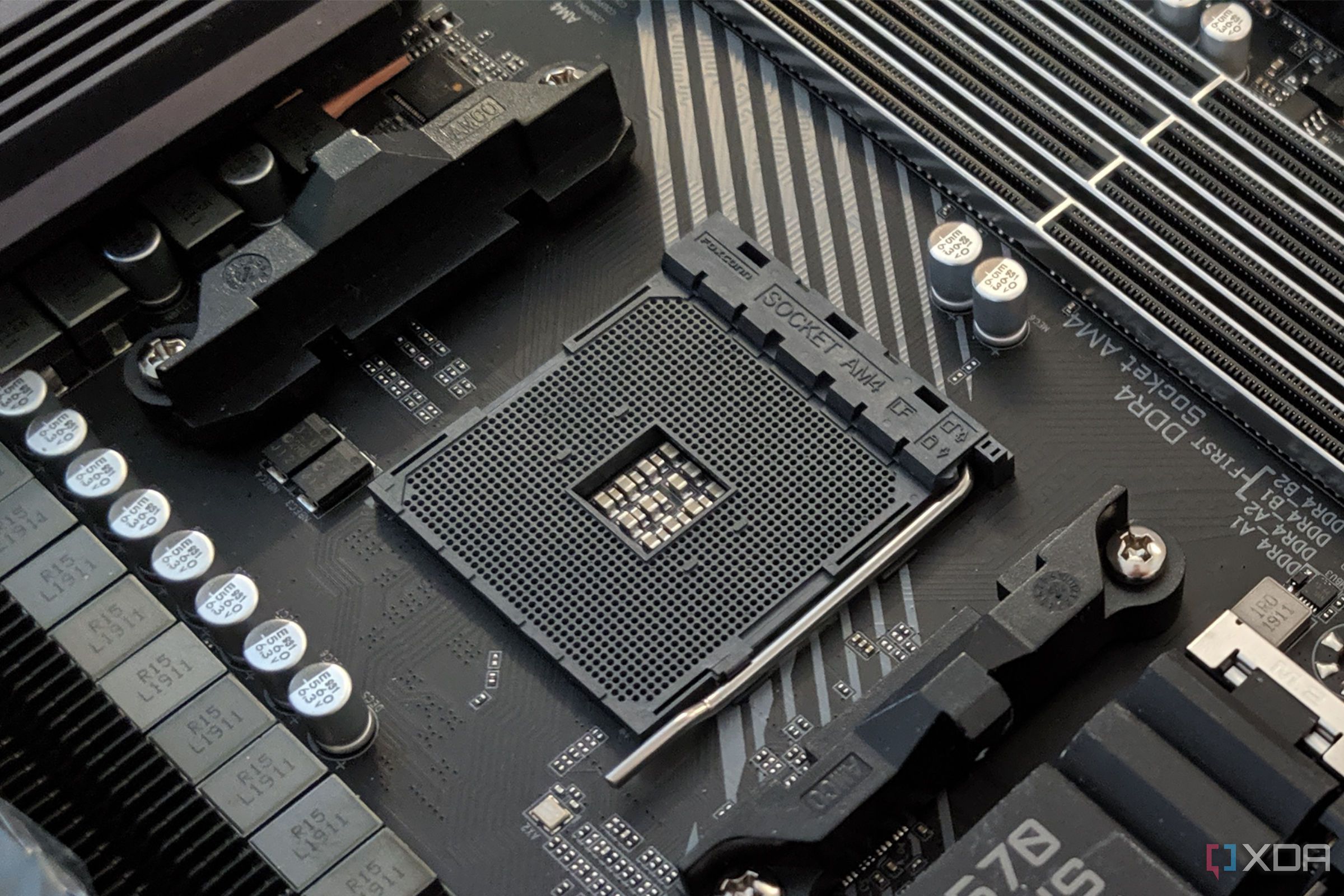





 English (US) ·
English (US) ·